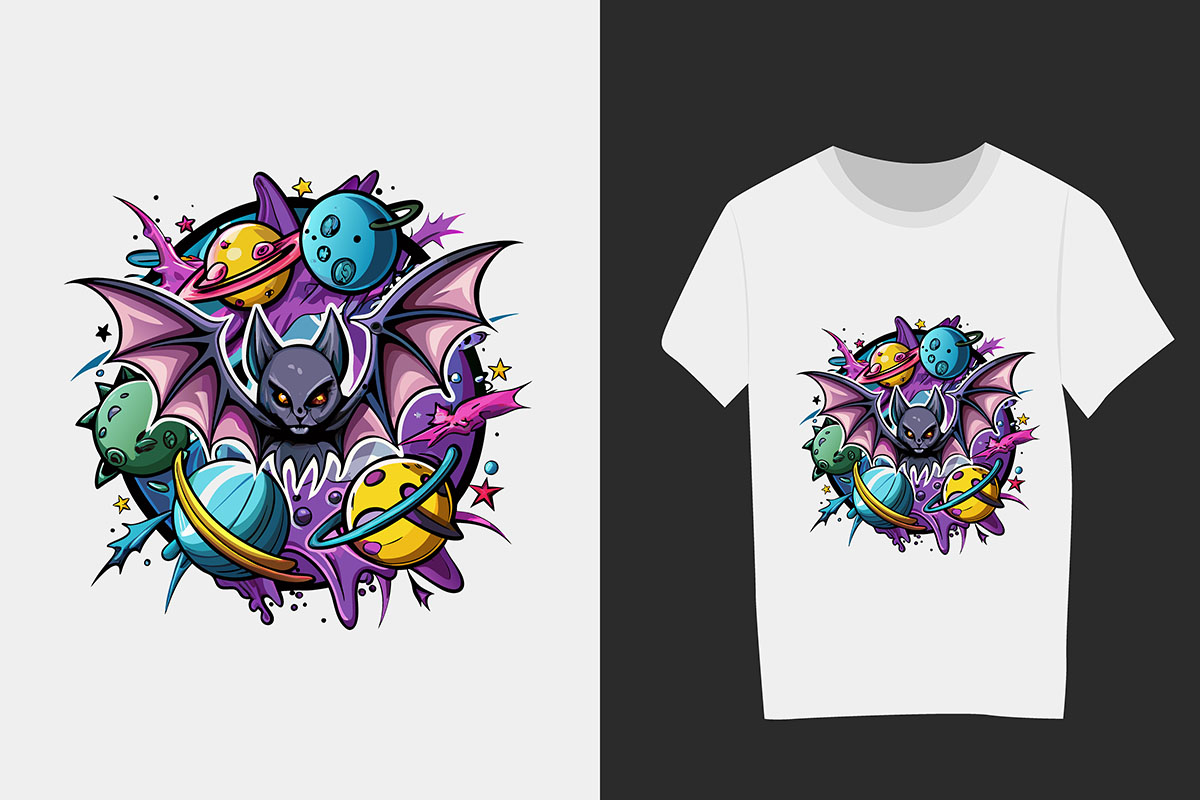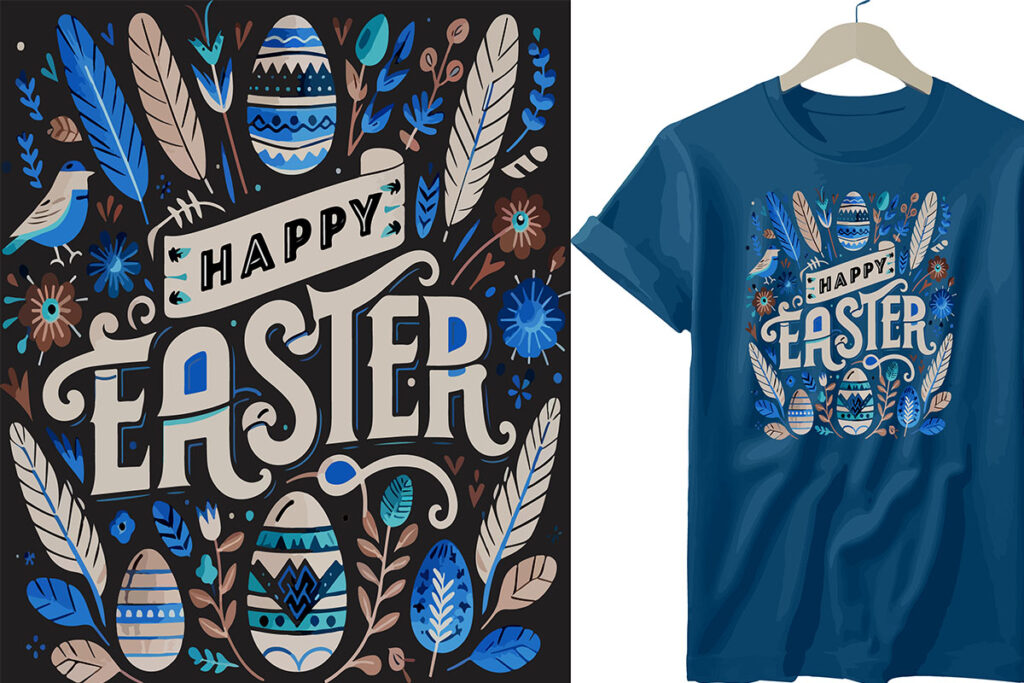Choosing the Right Fabric for Easter Transfers
One of the most important steps in applying Easter Transfers is choosing the right fabric. Creating personalized fabric items for Easter is a fun and easy way to add a festive touch to your home or gifts. Easter Transfers make this process simple, allowing you to apply intricate designs to fabric with just a little heat. Whether you’re customizing tote bags, t-shirts, or home decor items like pillows and tablecloths, getting the best results from your Easter Transfers requires some know-how. In this blog, we’ll provide you with top tips to help you successfully apply Easter Transfers to fabric and ensure your designs come out looking perfect every time.
Preparing the Fabric for Transfer Application
Once you’ve selected your fabric, preparation is key. Before applying any Easter Transfers, make sure to wash and dry your fabric first. This step removes any chemicals, oils, or debris that may be present on the surface, ensuring that the transfer adheres properly. Skip the fabric softener when washing, as it can leave a residue that interferes with the transfer process.
After washing, iron the fabric to remove any wrinkles. A smooth, wrinkle-free surface is essential for successful transfer application because even small creases can cause the design to distort or fail to stick properly.

Positioning Your Easter Transfers for Perfect Alignment
Proper placement of your Easter Transfers is crucial to achieving a polished look. Take your time when positioning the transfer on the fabric. For accuracy, use a ruler or tape measure to ensure the transfer is centered and straight. You can even lightly mark the fabric with chalk or a disappearing fabric pen to guide your placement.
If you’re working on a larger fabric item, like a table runner or pillowcase, it’s helpful to lay the fabric flat on a hard surface and secure it with tape to keep it from moving. This will prevent any shifting that might cause your transfer to be misaligned during the heat application process.
Applying Heat for Best Results
When it comes to applying Easter Transfers, the right amount of heat is essential. You’ll need a household iron or a heat press, depending on your preference and the size of your project. Heat presses generally offer more even heat distribution, but irons work well for most DIY projects.
Before applying heat, ensure your iron or heat press is preheated to the correct temperature, as specified by the transfer’s instructions. Most Easter Transfers require medium to high heat settings. If you’re using an iron, be sure to turn off the steam setting—steam can interfere with the transfer process.
Place a protective sheet, such as parchment paper, over the transfer before applying heat. This prevents the iron or heat press from directly touching the transfer and potentially damaging it. Apply firm pressure for the recommended amount of time, usually around 10-15 seconds for each section, depending on the transfer.
Peeling Off the Backing Carefully
After applying heat, it’s time to remove the backing from your Easter Transfers. This step requires care to ensure that the transfer remains intact on the fabric. Always follow the transfer instructions regarding whether to peel the backing while it’s still hot or after it has cooled slightly.
Peel the backing off slowly and steadily at an angle, keeping an eye on the edges of the transfer to make sure it’s fully adhered to the fabric. If you notice any areas where the transfer isn’t sticking, reapply heat with a protective sheet and press down again to ensure the design adheres completely.

Caring for Fabric Items with Easter Transfers
Once you’ve successfully applied your Easter Transfers, it’s important to take care of the fabric to maintain the quality of the transfer. Wait at least 24 hours before washing your item, allowing the transfer to fully set.
When washing, turn the fabric inside out to protect the transfer from rubbing against other items in the wash. Use cold water and avoid bleach or harsh detergents, as these can damage the transfer. Air drying is the best option for maintaining the integrity of the design, but if you need to use a dryer, choose a low-heat setting.
Conclusion
Using Easter Transfers to customize fabric items is a simple and rewarding way to bring a festive touch to your Easter crafts and gifts. By choosing the right fabric, preparing it correctly, applying heat with care, and following up with proper washing, you can create beautiful, personalized items that last. With these tips in mind, you’ll be well on your way to making stunning Easter-themed fabric creations that will impress your family and friends.
FAQ
- What are Easter Transfers?
- Easter Transfers are heat-applied designs that can be used to personalize fabric items like clothing, pillows, and table runners with festive Easter-themed graphics.
- What fabric works best for Easter Transfers?
- Fabrics like cotton, polyester, and cotton-poly blends work best for Easter Transfers. Avoid wool, leather, and heavily textured fabrics.
- Do I need to wash the fabric before applying Easter Transfers?
- Yes, it’s important to wash and dry your fabric to remove any chemicals or oils that could prevent the transfer from adhering properly.
- Can I use a regular iron for Easter Transfers?
- Yes, a household iron works well for applying Easter Transfers. Just make sure to turn off the steam setting and follow the recommended heat settings for your transfer.
- How do I prevent wrinkles during transfer application?
- Iron the fabric beforehand and ensure it’s flat and smooth before applying the transfer. You can use tape to keep the fabric in place while you work.
- How long should I apply heat to Easter Transfers?
- Typically, you’ll need to apply heat for 10-15 seconds for each section, depending on the instructions provided with your transfer.
- Should I peel the backing off while hot or cold?
- This depends on the specific instructions of your Easter Transfers. Some transfers require hot peeling, while others need to cool slightly before removing the backing.
- How should I care for fabric items after applying Easter Transfers?
- Turn the fabric inside out when washing, use cold water, and air dry if possible. Avoid bleach and high heat to protect the transfer.
- Can I use Easter Transfers on textured fabrics?
- It’s best to avoid textured fabrics, as the uneven surface can make it difficult for the transfer to adhere properly.
- Do Easter Transfers last after washing?
- Yes, when applied and cared for properly, Easter Transfers can last through multiple washes, maintaining their vibrant design.




